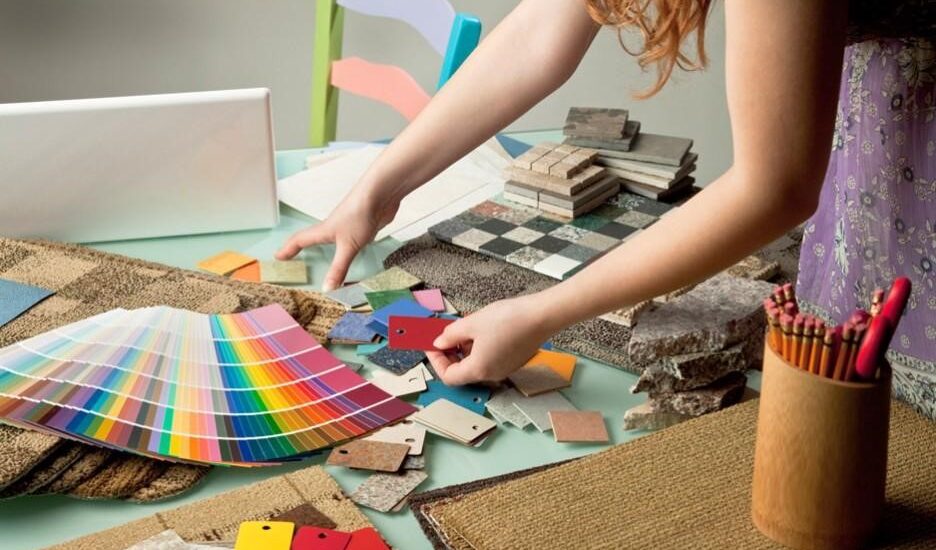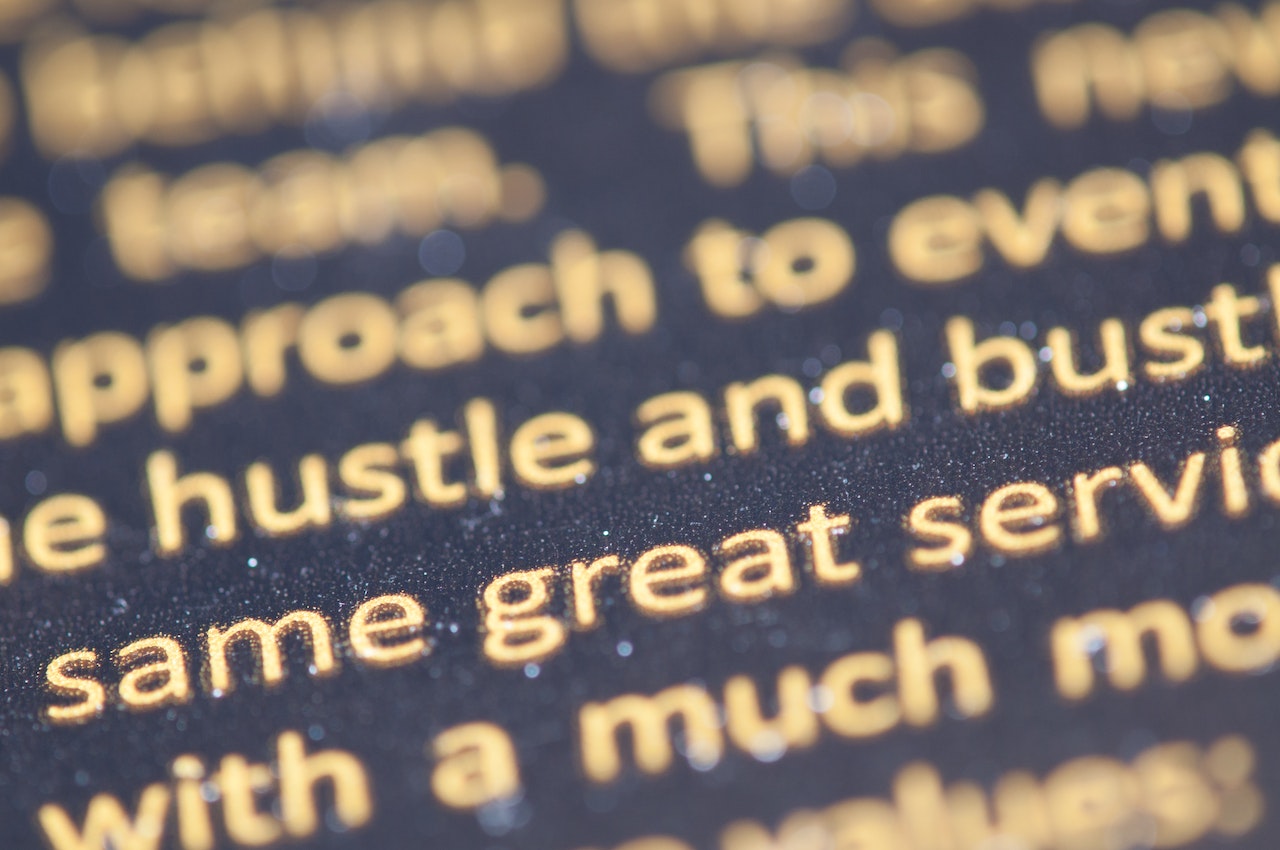I like to say in jest that my first job taught me everything I know about design. This first job has now lasted for almost ten years, with its soul remaining constant even as it takes on depths and hues that I never could have anticipated when it first began.
I’ve always kept a notebook religiously, but this year I feel especially reflective. What an era. What a place it was to learn the things I did. I’ve had the honor of working with some of the very best. They have taught me, changed me, and shown me things.
And nothing feels more human than acknowledging that who we are today is different from who we were yesterday and who we will be tomorrow. I enjoy looking back in this way like a sweet tooth enjoying a prize-winning confection. I can still clearly remember my old methods of thinking and the beliefs I once held, and I can see how they have changed over the years, sometimes slowly and other times as quickly and abruptly as a hurricane.
Ten years from now, this list will no doubt be outdated and possibly controversial. I hope these tutorials can help you if you’re on the same path with leadmanagement.reviews.
We can all improve, and of everything I think, this is the one that I truly believe. Thus, we ought to be.
1. What appears to be genius was actually the outcome of force
We frequently fail to recognize the steps that were necessary to arrive at a great outcome. So I used to think that genius only struck in bursts. When I saw a gorgeous finished design, I would remark, “Wow, this designer is a genius.” While drinking chamomile tea, I see her settling down at her desk, launching Photoshop, and gently transferring the wonderful idea in her head to the screen. I would presume that she has some mysterious gift that I lacked.
Since then, I’ve had the opportunity to peer into the “genius” of many renowned designers, and I now understand that raw force is the only way to create amazing work.
I’m done now. Simple. This was never made more clear to me than when a designer with a masterful command of the craft showed me what it took to achieve a stunning final design of a challenging layout that I’d thought was way beyond my current level of proficiency: roughly a hundred variations of every possible combination of composition, type, line height, color, and more.
Force of arms is not magic. It can even come off as dull or uninspired. It’s similar to discovering that getting a fit and toned figure simply requires many hours of sweating at the gym. True, your brute forcing speed increases as your skill level increases. You begin to develop a better sense of which avenues are less likely to lead to success. Decision-making starts to become more automatic for you. But every great designer has taken the route of force to get there. Most designers’ growth is slowed down as a result of trying to take too many shortcuts too fast.
2. The single most crucial talent to develop is your eye.
Your eye, or your critical discernment of a design’s strengths and shortcomings, will always have a limit on how good your work output is. It is always preferable to learn how to be more critical in all areas, including communication, engagement, craft, and product. Even if you ultimately decide to compromise on how much time and attention you devote to each component due to practical considerations, you cannot make those compromises properly without having a clear vision of what perfection looks like.
How can one improve their eyes? Three pointers:
- Defy the notion that your eye is “good enough.”
- At every level, keep asking yourself: What would improve this design? even if the advice isn’t ultimately put into practice.
- To gain their opinion on your work, always seek out the person who is the most critical you know in that particular area (craft, product, etc.).
Because it exposes all of your gaps in glaring and embarrassing ways, the third bullet in practice is challenging to complete. It’s like seeing a recording of your own speech. Bringing your work to someone you know will quickly dissect it requires a certain amount of bravery.

3. You may increase your effectiveness by two times by making an investment in your communication abilities.
I used to believe that good design was always just about the design and that if I could produce a fantastic idea and execution, I’d be able to pat myself on the back for a job well done.
Sadly, that is equivalent to awarding a lemonade stand for producing a lot of juice without considering how much lemonade it actually sells. Whether a designer’s work has the desired effect in the real world is the genuine test of their success.
The best designers I’ve encountered are excellent communicators. This is because they leverage the same principles of product design—imagining what the user will think and feel as they interact with the design—to convey the design’s narrative. They carefully consider what hooks would most effectively capture and hold someone’s undivided attention. They weigh what needs to be said right away with what can wait till later. To communicate the idea’s intended conclusion, they employ simple words, images, storyboards, or animations.
Being a designer is similar to having a superpower that enables you to predict the future for others. Through your efforts, you can contribute to the concrete realization of many abstract ideas. You may assist others in imagining what a better world might feel and look like. It’s amazing to have the ability to accomplish this. But in order to successfully use the power, the work needs to be linked with a compelling narrative. The first step is realizing that effective communication is a critical skill for designers to learn.
A good design is easy to spot
Without a doubt, context and history facilitate more fruitful product talks. However, determining whether a design is successful in the end isn’t difficult. There would probably be very little discussion necessary if you could wave a magic wand and make the ideal answer in your thoughts a reality. We would, of course, be able to read users’ minds! We would present them with the precise outcomes they are seeking!
Since the limitations we encounter prevent us from achieving perfection, we, the producers, are the ones who further complicate the conversation. Unfortunately, there isn’t a mind-reading API yet. Therefore, in light of these realities, we frequently become bogged down in the details while discussing and debating the tradeoffs and which course is the best/worst.
The challenging aspect is choosing the optimum route. But it is pretty easy to decide whether a particular course seems objectively good or awful.
In the end, the people for whom we are developing lack all of that background knowledge, context, and awareness of the limitations we work within. They’ll still make judgments, though.
If your design helps people solve the issue you set out to address, that is all that matters.
Really, it’s not that difficult.









